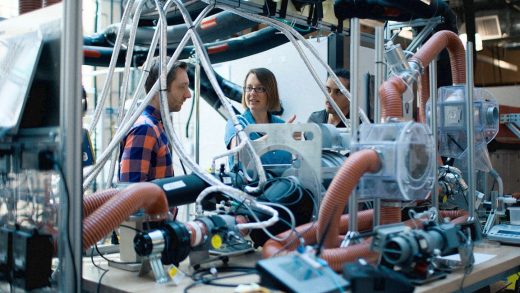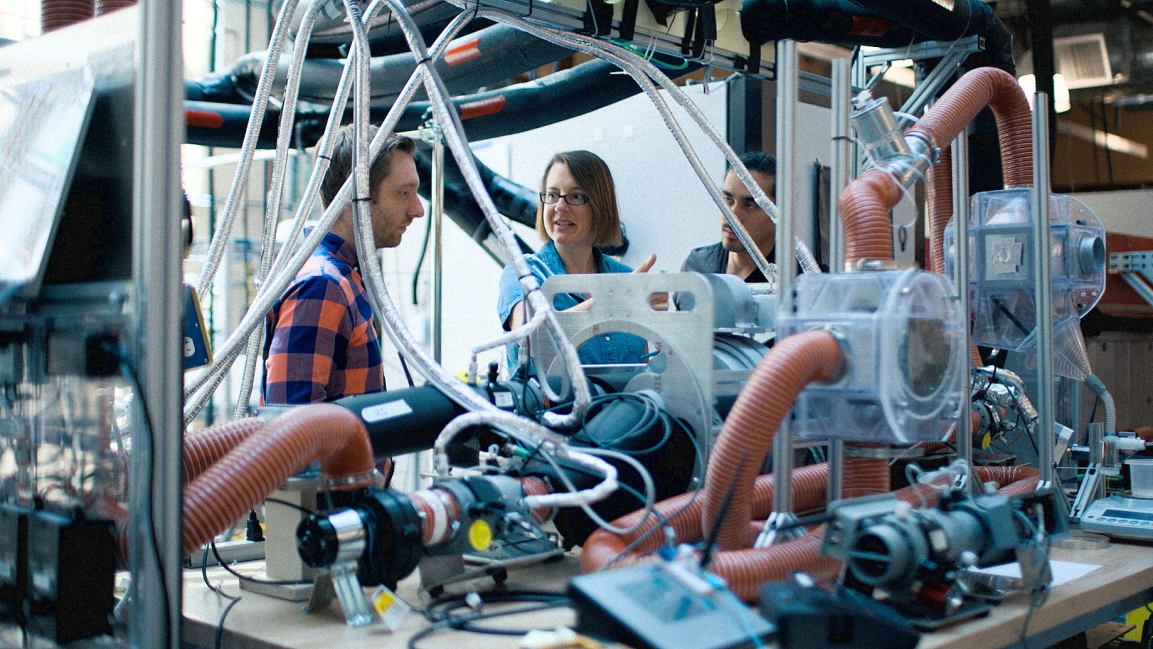Alphabet designed a low-cost device to make drinking water from air. Now it’s open-sourced
Last year, on the roof of a parking lot at Google’s headquarters, engineers from X—Alphabet’s “moonshot factory”—set up a panel to begin its first tests. The design, called an atmospheric water harvester, pulls in outside air, then uses fans and heat from sunlight to create condensation, producing clean drinking water drip by drip.
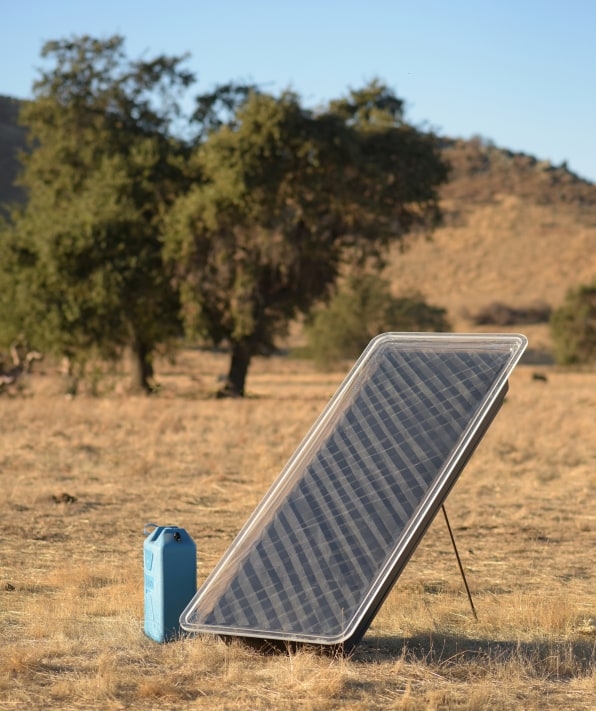
In a new paper published today in Nature, the team calculates how much this type of device could potentially help give more people access to water that’s safe to drink. Globally, as many as one in three people still drink unsafe water that can spread diseases. The X team used WHO/UNICEF datasets that mapped out exactly where these people live and, for the first time, compared those locations with the ideal climate conditions for using an atmospheric water harvester. Then it compared those locations with the ideal climate conditions for using an atmospheric water harvester. When the air is too dry, for example, the devices don’t work well, but the study found that 1 billion people who currently don’t have safe drinking water live in places where the device would function well.
Because larger water infrastructure projects, like desalination plants, take many years to plan and build, the small devices could help fill the gap in the meantime. “This can leapfrog a lot of that and go directly to the source with a small device that’s solar powered,” says Jackson Lord, lead author of the paper, who previously worked at X on the project.
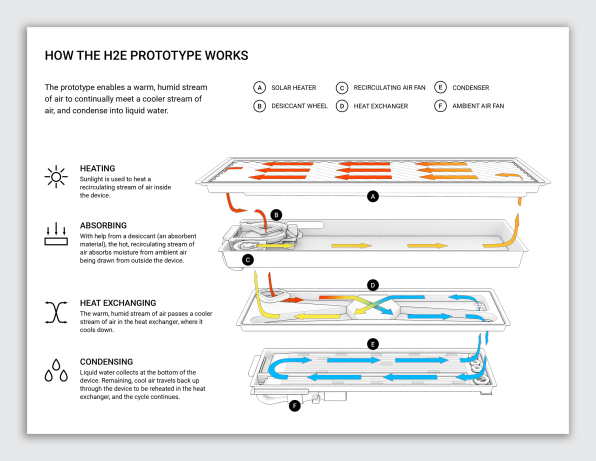
The X team works on multiple major challenges simultaneously, including new approaches to renewable energy and more sustainable ways to grow food. The team had tried to find ways to generate clean water multiple times, but only began focusing on atmospheric water harvesting after realizing that it could narrow its scope to think only about drinking water, not water used for other purposes. The project started in 2017.
“One-tenth of 1% of the clean water in the world goes into our mouths,” says Astro Teller, the head of X. “The other 99.9% is for things like bathing and cleaning the dishes and agriculture and things like that. And all of that doesn’t have to be as clean…Once we had that perspective shift, all of the sudden solutions that hadn’t seemed plausible suddenly seemed plausible.”
Atmospheric water harvesting devices use a very large amount of energy to generate each liter of water, so the kind of simple, low-cost device the team developed could never produce enough water to meet every need. But, in many places, it can provide sufficient drinking water.
The device is designed to work off-grid, and eliminate every possible expense. It uses only a few solar photovoltaic cells to power its fans, and relies mostly on solar heat. (Some others, like a startup called Source, use a related design.) It has few parts. A fan pulls in outside air and a desiccant absorbs moisture from it. A second fan recirculates another stream of air heated by the solar collector. In the same way that dew naturally forms outside, when the warm air meets the cooler air inside the machine, drops of liquid form. The team’s prototype produced 150 milliliters of water per hour per square meter; a final device could likely produce five liters of water a day.
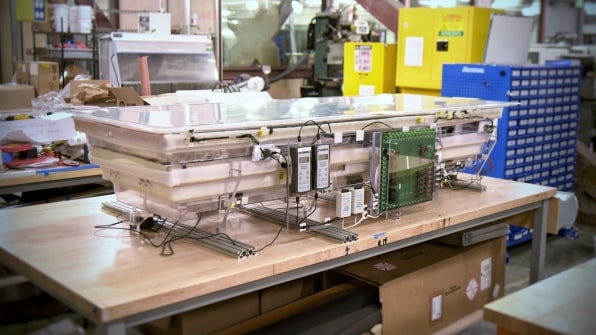
Despite the simplicity of the design, it hasn’t yet reached the goals that Alphabet had for its cost. To meet X’s criteria for “radical technology” that can create large new businesses for Alphabet, it wanted to be able to produce water at a cost of just one cent per liter. The team saw a path to reach 10 cents per liter, but not as low as one cent—so X decided to stop working on the project. But because the design could have a meaningful impact even at 10 cents, it’s now opening up its data, prototypes, software, and hardware documentation on Github and Figshare so anyone can use the intellectual property and keep moving the work forward.
“We don’t always do this, but in this particular case, we felt like this had made enough of the right kinds of progress had enough of the right kinds of potential that sharing it with the rest of the world was actually going to get the benefits to the world faster than if we just kept it an X thing ourselves,” says Teller. “If we can accelerate the progress of delivering safe water in any way,” adds Lord, “we think that’s a worthy goal.”
(50)

